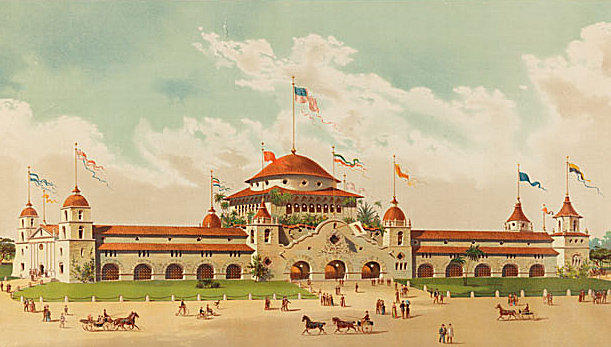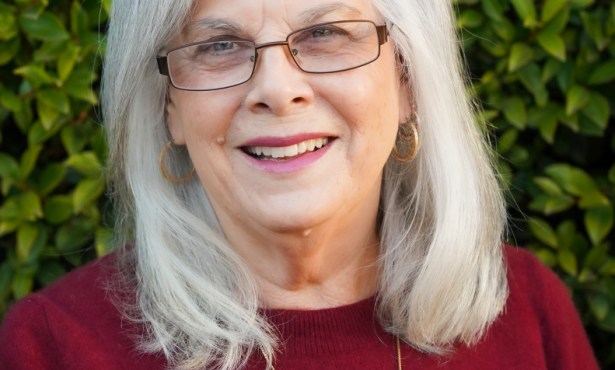Mission Revival Leaves Its Mark
Style Designed to Entice Visitors to California

The Mission Revival architectural style gained attention at the 1893 world’s fair — dubbed the Columbian Exposition — in Chicago. One of the largest and most popular buildings at the fair was the California State Building, which was inspired by the picturesque Spanish missions built in our state. The style was originally called Mission Style and eventually became known as Mission Revival. The architect of this elaborate building was San Franciscan Arthur Page Brown.
One of the main purposes of the building was to entice visitors to California, and so this style was associated with tourism. “The California State Building helped fix Mission Revival as the semi-official public style in the state, especially in Southern California where train depots, hotels, schools, hospitals, post offices, city halls and other public places were soon designed in the elaborate Franciscan ecclesiastical style pioneered by Brown at Chicago.” (San Francisco Examiner, April 18, 1982)

When the fair ended in Chicago, Brown returned to California, where he brought Mission Revival to Santa Barbara in 1894. It’s not surprising that his architecture projects here were tourist related. He designed five homes on Garden Street, between Mission and Padre streets. Today, these homes are known as Crocker Row. Originally, they were called Crocker Cottages. William Henry Crocker was the president of San Francisco’s Crocker National Bank. He was also part owner of the Crocker-Sperry Ranch in Montecito. The Birnam Wood Golf Club is now located in that area.
Construction of the Crocker Row homes began in the spring of 1894. “W.H. Crocker … evidently has faith in Santa Barbara … [he] now will erect several houses near the Mission for the purpose of renting, completely furnished, or for sale.” (Daily Independent, May 1, 1894)
The homes were completed in the fall. “The Crocker cottages are taking on a finished appearance and that part of Garden Street is becoming very pretty. The quaint, old-style buildings are a relief from the modern style of architecture,” wrote the Daily Independent, November 20, 1894. (Not sure what was considered “modern” in the 1890s.)

Since the style was associated with tourism, it’s not surprising that our train station and the Arlington Hotel were also built in this style. The train station was built in 1906 and still stands today. Jean-Guy Tanner Dubé, author of Railroad Depots: A Southern Pacific Collection, told me that depots built in this style include those in San Francisco, Modesto, Davis, and Porterville.
The Arlington Hotel, built in 1911, was shaken to death by the 1925 earthquake. The “Flying A” studio on Mission Street; the Carousel House on Cabrillo Boulevard, which formerly housed the merry-go-round; and the Plaza del Mar Band Shell in Pershing Park are also examples of Mission Revival.
One of the distinctive features of Mission Revival is the gently curved parapet that can still be seen on some of the missions, such as the Mission San Luis Rey in Oceanside, California. Roofs are generally red tile, with walls of white stucco. Elaborate three-part and four-part windows (trefoil and quatrefoil) are sometimes found. The Santa Barbara Mission does not have a curved parapet. Its design was based on the work of a Roman architect.


Mission San Luis Rey; A trefoil window | Credit: Courtesy of New York Public Library, Betsy J. Green
Mission Revival architecture was most popular from about 1890 to 1915. What happened in 1915? The Panama Canal was completed in that year, and it inspired the Panama–California Exposition, which was held in San Diego in 1915 and 1916. Like the 1893 Chicago World’s Fair, this exposition inspired another architectural style: Spanish Colonial Revival. This is a more elaborate style that gradually replaced Mission Revival. More about Spanish Colonial Revival in another column.
Please do not disturb the residents of these homes.
Betsy J. Green is a Santa Barbara historian and author of Discovering the History of Your House and Your Neighborhood, Santa Monica Press, 2002. Her website is betsyjgreen.com.




You must be logged in to post a comment.